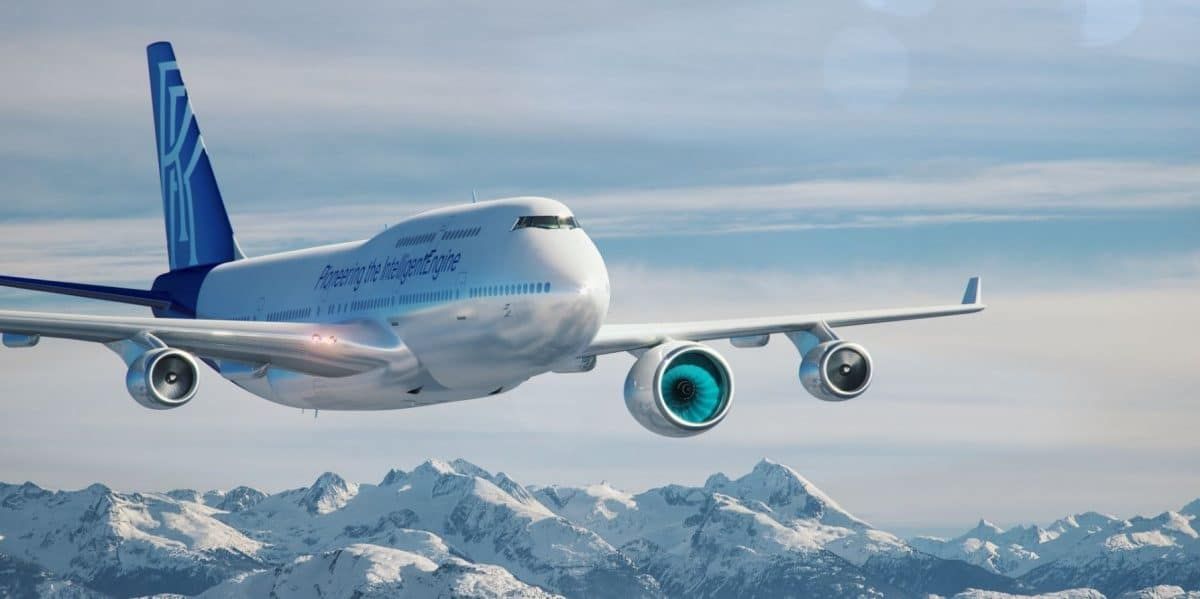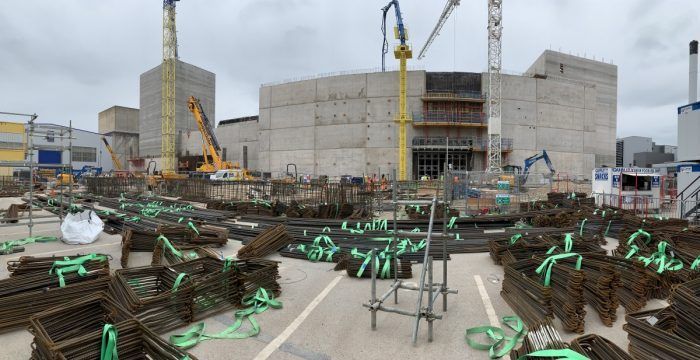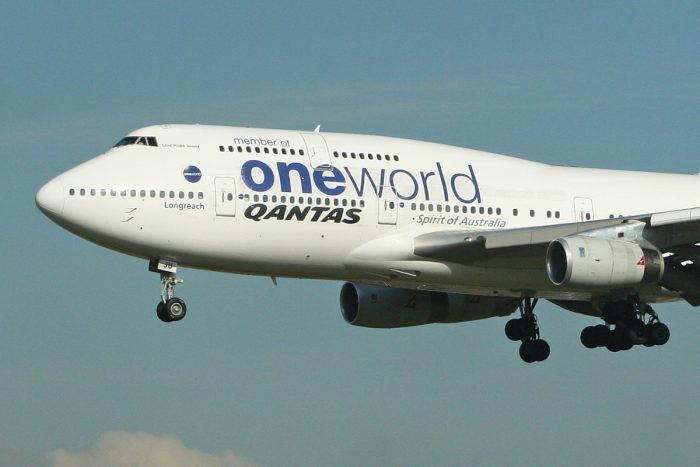On Sunday, one of Qantas' Boeing 747 aircraft took its final flight. VH-OJU flew from Sydney to Los Angeles for one final time before being taken out of service. However, it's not the end of the line for this aircraft yet.
Often when aircraft such as the Boeing 747 are retired they end up in aircraft graveyards. Here, they can sit never to fly again or be broken down into parts. However, every now and again, an aircraft is thrown a lifeline. A great example is Bahrain's artificial diving reef, also made of a Boeing 747. However, in this case, rather than going to the sea bed the aircraft will continue to grace the skies.
The flying engine testbed
Rolls Royce is constantly working on developing new engines. In fact, it is currently working on the next generation of engines, known as the Ultra Fan. However, all new engines have to undergo extensive testing prior to entry to service.
Earlier this year Simple Flying visited Rolls Royce's ground-based engine testing site. Here we saw the testbeds where current engines are tested. However, we also got to see the new Testbed 80 under construction, at a cost of £90 million.
Rolls Royce already has one Boeing 747-200. This is used to conduct altitude testing and monitor technologies during flight conditions. However, now the Qantas Boeing 747-400 will join the fleet. The acquisition cost slightly less than the company's new testbed at just £70 million.
VH-OJU's Role
VH-OJU has served Qantas for 20 years. In this time the aircraft has racked up an impressive 70 million kilometers flown. However, it is time for the aircraft to transition to a new owner. On Sunday the aircraft made its final flight with passengers. The flight departed from Sydney, arriving in Los Angeles. After the final passenger left the aircraft, it was ferried up to Moses Lake in Washington.
Here the aircraft will be completely refitted in order to test new engines. This means "it will be fitted with the latest testing capabilities and for the first time, will test engines which power both commercial and business aircraft." According to Rolls Royce: "New systems will obtain better data faster than ever before, and technologies will be tested at higher altitudes and faster speeds".
While the Boeing 747 will no longer carry any more passengers, it will instead be put to use testing engines. As such, it has the possibility to continue impacting passengers, albeit not directly. It should take Rolls Royce’s chosen partner about two years to complete the aircraft's conversation to a testbed.
Have you flown on this Boeing 747? What do you make of its new life? Let us know your thoughts in the comments!



